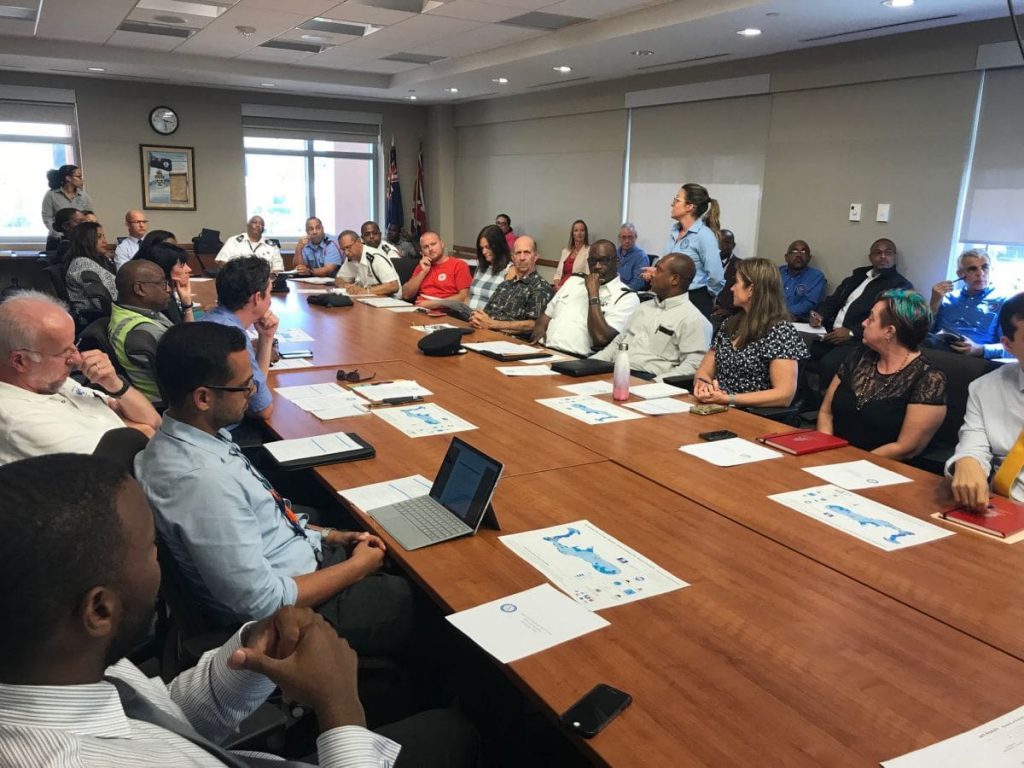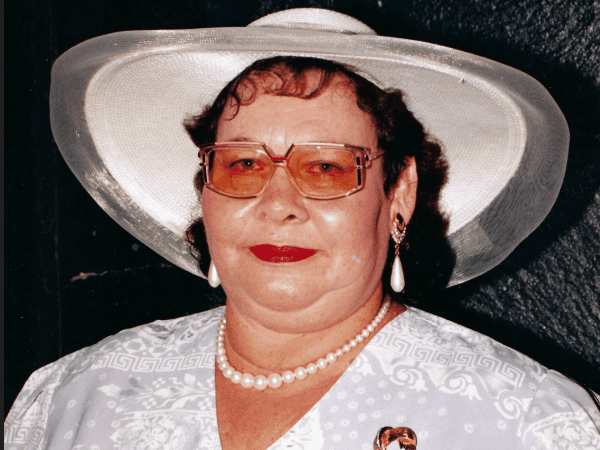
(CNS Local Life): Cayman’s emergency operations structure was tested in the aftermath of “Hurricane Kali” as part of the annual exercise to gauge the efficacy of the National Hurricane Plan and those agencies tasked to deal with potentially devastating storms. The simulation took place 23 and 24 May, just ahead of the official start of the hurricane season Saturday, 1 June.
Hazard Management Cayman Islands (HMCI), which is responsible for the National Emergency Operations Centre (NEOC) and coordinating the national response for all hazards, whether manmade or natural, organised the exercise. Danielle Coleman, HMCI director, explained that this year’s exercise concentrated on response and recovery. “The exercise started at the ‘all clear’ so the focus was on what we do in the aftermath” of a hurricane and the continuity of operations, she told CNS.
The goal was to look at what needs to be done two days, two weeks and two months after a hurricane hits to ensure Cayman – including the people, the infrastructure and the economy – recovers, Coleman explained.
Departing from the usual tabletop data-entry drill, this year HMCI facilitated a “discussion-based” exercise engaging all of the Emergency Support Teams (ESTs). The responsibilities of these 17 teams include debris management, search and rescue, emergency shelters and volunteer agencies.
“It’s critical that each EST/NEOC member knows what each other is doing,” Coleman explained, referring to the various roles and responsibilities. “This exercise was focused on how we work together.”
As part of the simulation, the Cayman Islands was placed under a hurricane ‘alert’ at 10 am on Wednesday, 22 May, in anticipation of a possible impact, testing the various support teams and looking at the overall response and recovery mechanisms. On Thursday, the exercise officially began with a meeting of the National Hazard Management Council.

The idea behind the exercise was to get the various subcommittees to consider how they would roll out aspects of their own emergency plans in response to the scenarios they faced. HMCI also simulated activation of the NEOC to give participants an opportunity to reacquaint themselves with the centre’s operations.
Coleman said that “participants seemed to enjoy the discussion”, adding they learned how each Emergency Support Team fit into the structure, as well as what other ESTs were doing and why. “We want to make sure we aren’t operating in silos,” she explained.
At the end of the two-day exercise, there was a review of the lessons learned, along with feedback and recommendations from the participants, which will be used to update the National Hurricane Plan.
In addition, throughout May HMCI set up booths at different locations each weekend to give out hurricane tips and suggest ideas for general readiness and being prepared. Coleman estimated they were able to engage with several hundred people through the booths, which is something HMCI does each year ahead of hurricane season, which runs through 30 November. “It’s just one of the many ways we try and ensure Cayman is ready for not just the hurricane season but also for every eventuality,” she added.
In April, HMCI held a Mass Casualty Management training exercise and throughout the year runs various public awareness campaigns.
For more information on HMCI go to its website and Facebook page
Read Premier Alden McLaughlin’s message for hurricane season here




